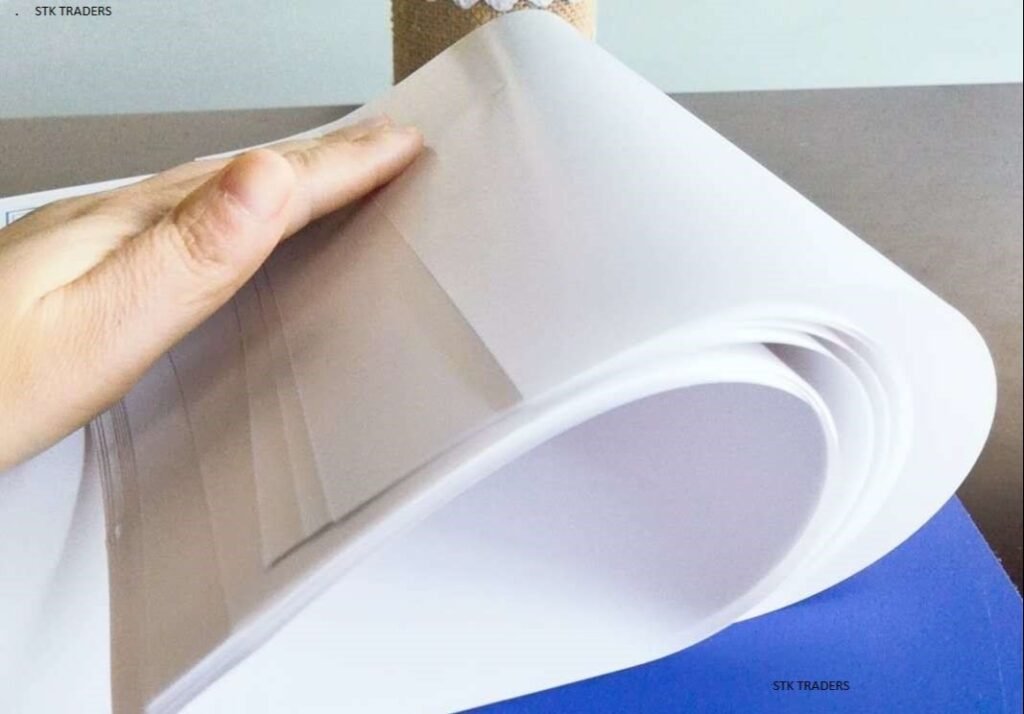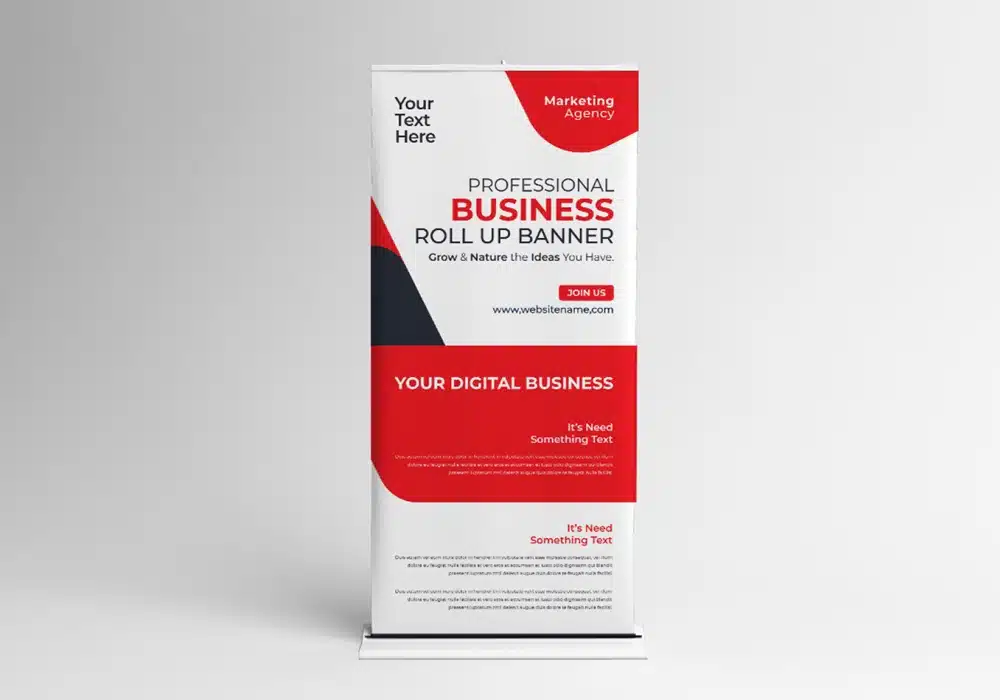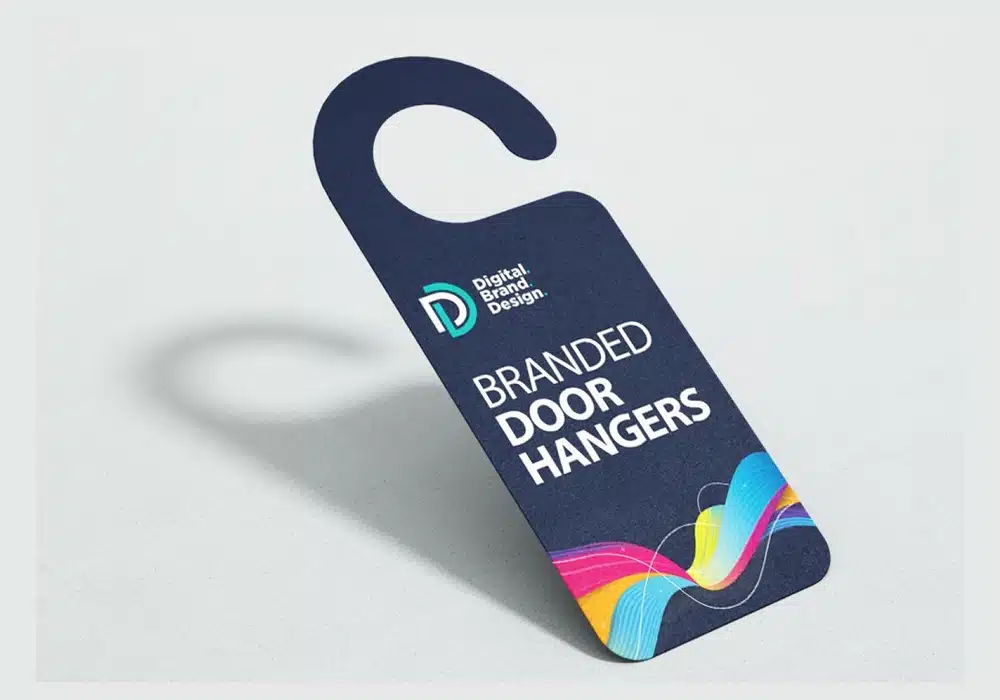In the realm of printing, selecting the right type of paper is crucial for achieving the desired outcome of your print projects. Whether you’re designing business cards, flyers, brochures, or posters, understanding the characteristics and benefits of different paper types can significantly impact the final result. In this article, we’ll delve into the three main types of paper: Matt, Glossy, and 100% Recycled options, along with their respective benefits.
Matt Paper:
Matt paper, also known as matte paper, is characterized by its non-reflective surface. This type of paper offers a smooth texture and muted finish, making it ideal for projects where a subtle and understated look is desired. Matt paper is commonly used for printing documents, stationery, and artwork. One of the key benefits of matt paper is its excellent readability, as it reduces glare and reflections, ensuring that text and images remain clear and legible.

Glossy Paper:
In contrast to matt paper, glossy paper features a shiny and reflective surface. This type of paper enhances the vibrancy and richness of colors, making it perfect for projects that demand high visual impact. Glossy paper is commonly used for printing photographs, marketing materials, and promotional items. One of the main benefits of glossy paper is its ability to produce sharp and vivid images, creating a polished and professional look that captivates viewers’ attention.

100% Recycled Paper:
As environmental consciousness continues to rise, the demand for sustainable printing options has grown significantly. 100% recycled paper is made entirely from post-consumer waste, reducing the need for virgin materials and minimizing environmental impact. This type of paper is available in various premium finishes, including cotton, tactile, smooth, and high white options. Each premium recycled paper type offers unique characteristics and benefits, such as enhanced texture, durability, and brightness. Premium recycled paper is an ideal choice for projects that require both sustainability and sophistication, making it suitable for high-end marketing materials, invitations, and branding collateral.

Conclusion:
When selecting paper for your print projects, consider the intended use, desired aesthetics, and environmental impact. Whether you opt for matt, glossy, or premium recycled paper, each option offers unique characteristics and benefits that can enhance the quality and effectiveness of your printed materials. By understanding the differences between paper types and their respective benefits, you can make informed decisions that align with your objectives and values.
In conclusion, choosing the right paper type is an essential aspect of the printing process, influencing both the visual appeal and environmental footprint of your print projects. Whether you prioritize aesthetics, readability, or sustainability, there’s a paper type to suit every need and preference. Keep these considerations in mind as you embark on your next printing endeavor, and remember that the choice of paper plays a significant role in bringing your designs to life.


























